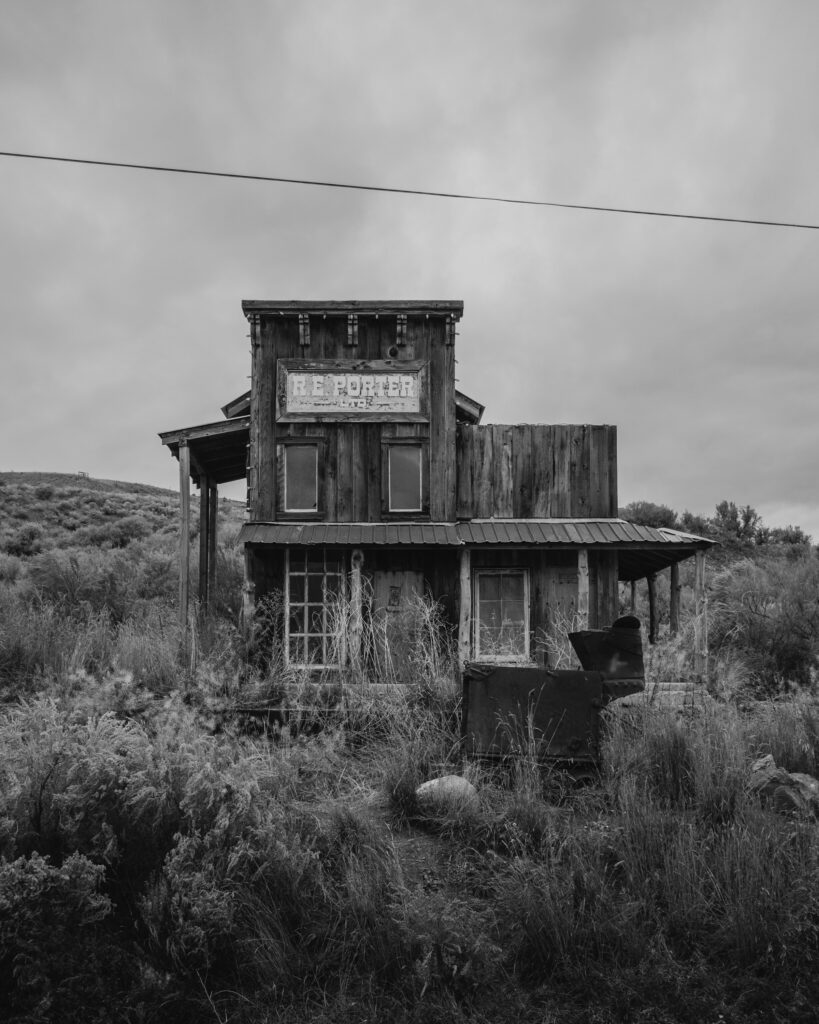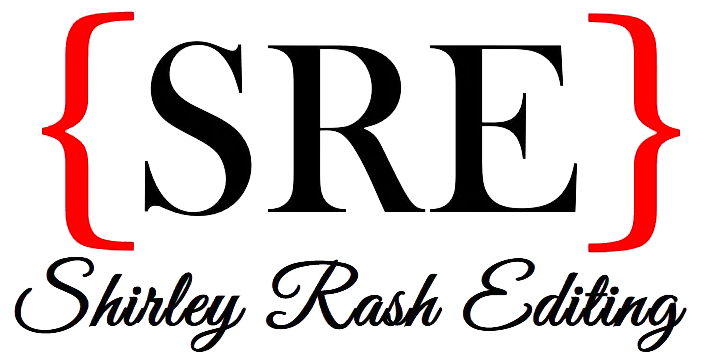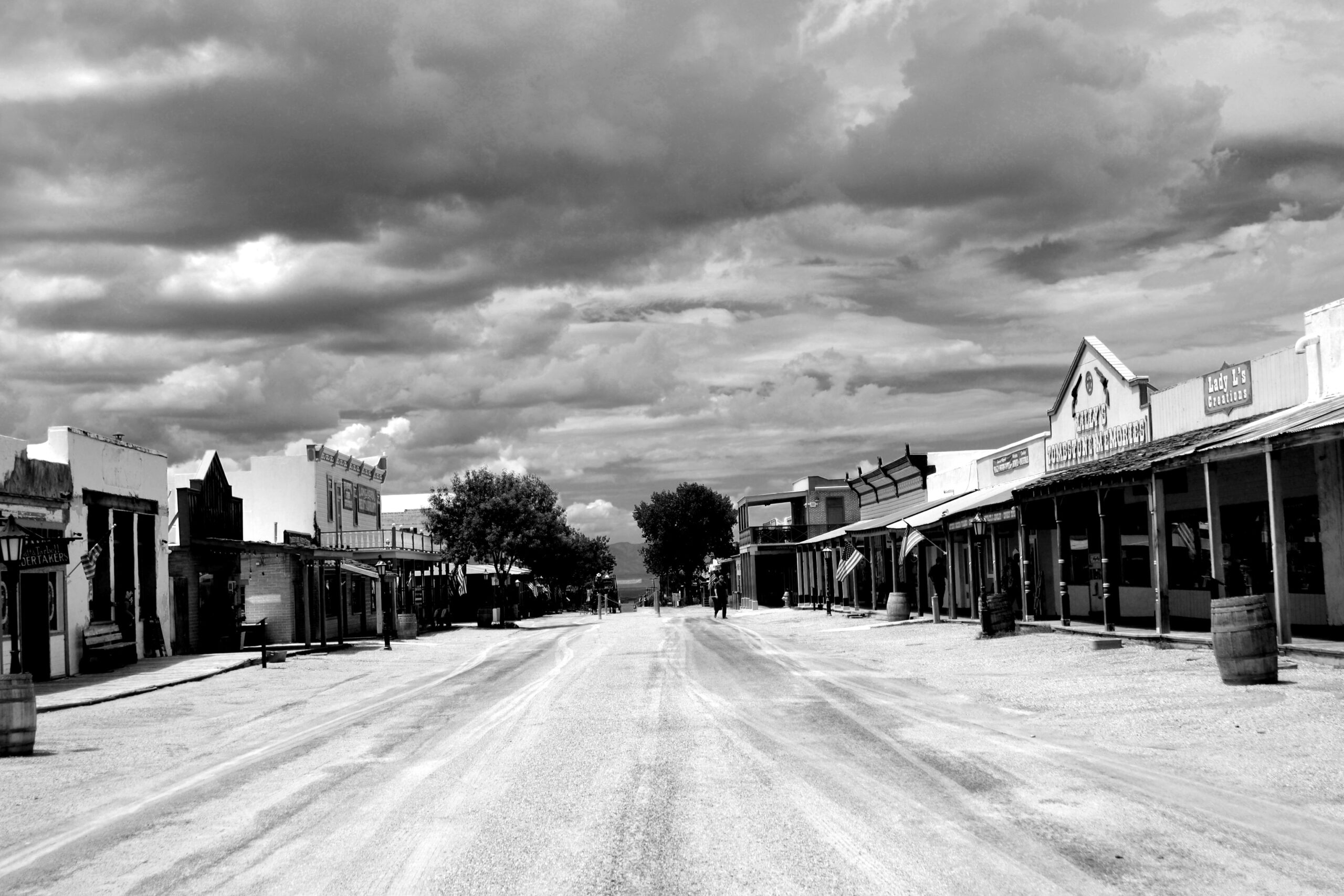Disclaimer: One of my all-time favorite movies is Tombstone (1993), starring Kurt Russell, Val Kilmer, Sam Elliott, Bill Paxton, Powers Boothe, Michael Biehn, and a bunch of other great actors. If it is on TV, I will sit down and not move until it’s over. If someone else suggests watching it, I will join them. And if left to my own devices, I will watch it at least once or twice a year. Okay maybe more than that. Did I write this blog series as an excuse to rewatch Tombstone for research purposes? I refuse to answer that question. 😊
Given its troubled behind-the-scenes production, which included the original director being fired, Tombstone surprised the film world by being a sleeper hit. It also ended up besting Kevin Costner’s bigger-budget biopic film Wyatt Earp (1994), which was released half a year later, at the box office.

Tombstone is now widely considered a modern classic Western, while Wyatt Earp is relegated to relative obscurity. In the name of fairness, I recently decided to rewatch Wyatt Earp after not seeing it since I was a teenager. Wyatt Earp is not a bad movie—it is well-acted and has great production values—but it struggles with pacing and focus.
A lot of commenters reason Wyatt Earp bombed simply because people weren’t interested in another movie about the same topic so close together, but I suspect the issue was more in the writing of Wyatt Earp than the repeat in topic. It dawned on me as I was watching that it also falls into some of the same pitfalls I warn authors about in their manuscripts.
So, throughout the month of March, we will be looking at some writing lessons you can apply from Tombstone and Wyatt Earp to your own manuscript.
What exactly is the series going to do?
I have so much to say that I’m breaking it into 4 different weekly blog posts beyond this introduction, covering narrative structure, conflict, antagonist character development, and foils.
Today, however, we’re just going to lay the foundations for the series, which includes some disclaimers about what I am and am not trying to do.
What is the series not going to do?
One of the first things I want to clarify is this isn’t intended as a film analysis. I’m not an actor or a screenwriter, and screenplays are very much their own genre of writing with their own rules. They’re dependent on actors to bring the material to life, and a good actor can elevate a mediocre screenplay in the same way that a bad actor can ruin good material.
However, what we’re discussing is the building blocks of narrative and characterization, which are just as applicable to a novel or a narrative nonfiction book as it is a movie. The way books and movies go about developing these things are different because they’re different mediums, but the basic principles of good storytelling are the same.
We’re also not going to be focusing on the historical accuracy of the movies. Both of them made an effort to be more accurate than their cinematic predecessors, but both of them have their share of errors. Again, we’re looking at them through the lens of what makes for effective storytelling.
Are there going to be spoilers?
There are of course also going to be spoilers about these movies in these posts. I personally don’t think you can “spoil” history, but yes, I’ll be doing that too.
That being said, it is helpful to have some basic information to follow the discussion, so you shouldn’t have to watch the movies to read along. (However, I’d be interested in hearing your take on the movies if you do choose to watch them or have already done so.) I’ll also be linking to clips of select scenes as needed, though more so for Tombstone than Wyatt Earp. It’s harder to find good-quality clips of the latter.
Both movies cover the now infamous Gunfight at the OK Corral (which wasn’t really at the OK Corral but that’s not as catchy of a name) and center former Kansas lawman Wyatt Earp as the protagonist.

Tombstone focuses almost exclusively on Wyatt (Kurt Russell) when he lives in the silver boomtown of Tombstone, Arizona, which he travels to with his brothers Virgil (Sam Elliott) and Morgan (Bill Paxton) in the hopes of finally acquiring the fortune that has eluded them elsewhere. He’s also eventually joined by his friend, consumptive dentist-turned-gambler “Doc” Holliday (Val Kilmer). In the town, the Earps and Holliday clash with a group of rustlers and outlaws called The Cowboys, who have a penchant for lawbreaking and enthusiastic hellraising across the area, and their associates, such as local ranchers and political figures. Their ranks include “Curly Bill” Brocius (Powers Boothe), Johnny Ringo (Michael Biehn), and Ike Clanton (Stephen Lang).
The Gunfight, which leads to the deaths of Clanton’s brother Billy and the McLaury brothers, touches off a series of reprisal attacks, culminating in the severe wounding of Virgil and the murder of Morgan. Those actions in turn spark what is commonly called the Vendetta Ride, in which Wyatt and friends seek their own revenge. That’s a very condensed, simplified version of everything.
Wyatt Earp seeks to cover all of this, plus Wyatt’s earlier life as a farm boy in Iowa during the Civil War, his failed early attempts to become a lawyer and conventional family man in Missouri, his time as a lawman in tough Kansas cowtowns, and his later life fortune-hunting in Alaskan gold rush towns.

What is the primary difference in how the movies tell the same story?
As you can probably guess based on the descriptions, Tombstone has a much tighter focus, and I think it benefits from it tremendously. That’s a big part of what we’re going to be breaking down and analyzing. Tombstone has a much clearer idea of what it wants to be as a narrative and its characters’ roles in it. It not only knows exactly what story it’s trying to tell, but it also knows exactly what it is trying to say about it. That strong point-of-view works to its advantage as a narrative.
Wyatt Earp has a grander ambition (to tell Wyatt’s life story), but it doesn’t seem to have a clear point-of-view of what it wants its audience to take away from that other than it’s providing a lot more information about Wyatt Earp. As we’ve discussed before, an uncertain/muddled focus is highly detrimental to storytelling.
To kick the series off officially, next week, we’ll examine how Tombstone’s use of narrative structure is more effective and how you can apply those lessons to your own writing.
Tombstone Versus Wyatt Earp series





